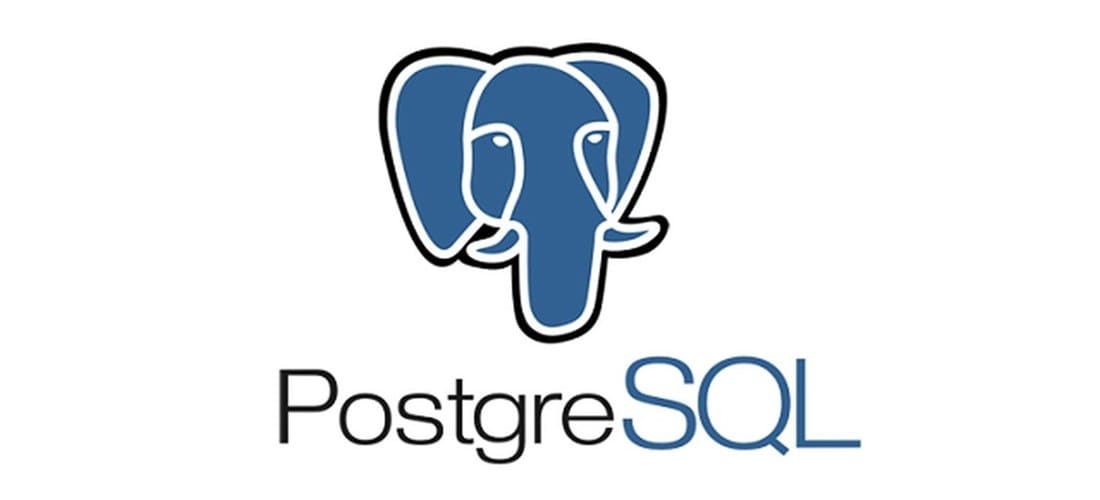

- Create foreign data wrapper aws postgresql generator#
- Create foreign data wrapper aws postgresql code#
Here we’ll do the inverse of the execute method and use the stegano package to encode the values into the image. We’ll use the columns list to iterate over the row so that values are always stored in the same order. The insert method receives a dictionary with the new row. In the execute method we’ll use the stegano package to recover any secret messages that have been embedded in our picture of grumpy cat.
Create foreign data wrapper aws postgresql generator#
The execute method is called when a select statement is received and is expected to act as a generator that yields rows. The options will be represented as a dictionary in Python, and in our case, will store the path to the image. The options argument, as we’ll see later, comes from the table declaration. The constructor of our SteganoForeignDataWrapper class requires the options and columns that a table using the wrapper has been declared with.
Create foreign data wrapper aws postgresql code#
The code to support select and insert statements is fairly simple. On an Ubuntu or other Debian based system, installation will be done through the package manager like so: PostgreSQL server development files (headers).We’ll need the following for this project: The blackhole data wrapper, which discards any data written to it, is a minimal example that implements the C interface.įortunately, Multicorn will implement the C interface for us, while presenting a simpler interface that we can implement in Python. Data wrappers are normally written in C and must implement an extensive interface. We’ll use the Multicorn extension to get a big head start on writing our data wrapper.

These wrappers can expose everything from CSV files, to other databases such as MySQL, or even Google Sheets.

Best of all, this external data appears as tables that can be used in SQL queries.Īs of this writing, there are over sixty data wrappers available for use. The feature was expanded in version 9.3 to include the ability to write to external data sources. The foreign data wrapper concept was first introduced in PostgreSQL 9.1 as a means of reading data outside of the database. Complex applications can often involve multiple data stores that each serve a specific purpose, but foreign data wrappers expand on the functionality of PostgreSQL, making it possible to centralize your data. In my case, I chose an image of the Internet-famous grumpy cat.įoreign data wrappers are an advanced feature of PostgreSQL that can simplify your information architecture. The wrapper we’ll develop is a toy example that uses steganography to hide data inside of images. We’ll use the PostgreSQL Multicorn extension to develop our data wrapper in Python. In this article I will go through the process of developing and installing a simple foreign data wrapper.


 0 kommentar(er)
0 kommentar(er)
